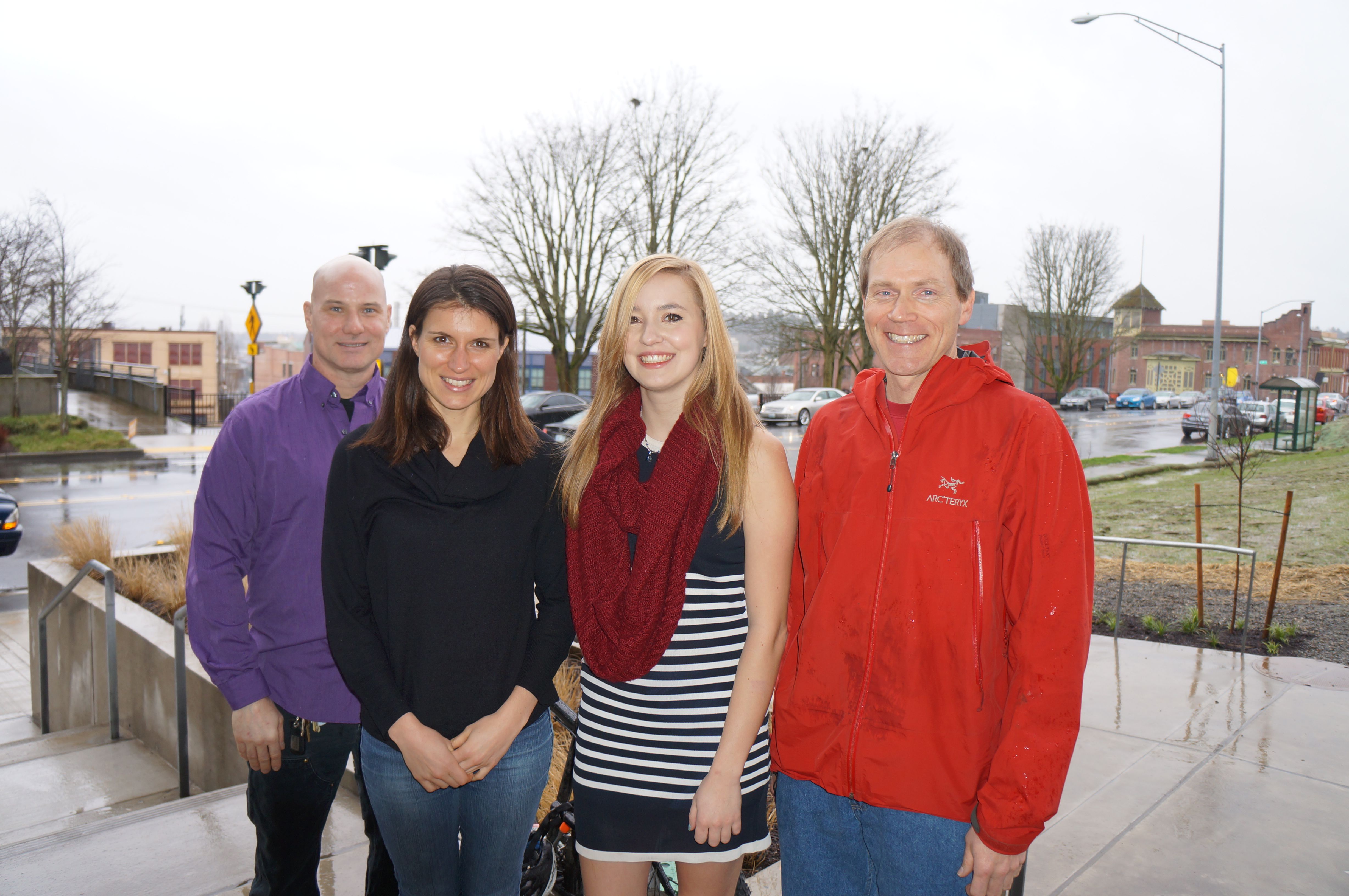For the Tacoma campus of the University of Washington, transportation is the largest source of greenhouse gas emissions since almost all of campus electricity is provided by hydropower. The campus is growing fast, with 4300 students currently and plans to grow to 7000 students by 2017. Moreover, as a non-residential campus serving South Puget Sound, almost all of these students must commute some distance to campus for class. The aim of the Husky Lines Project will be to increase usage of public transportation by University of Washington Tacoma students through provision of bus lines, which run directly from high-density clusters of students to University campus with no transfers. In this initial phase of the project, a feasibility study for optimization of the program will be carried out using a mixed methods approach. First, the current distribution of the University’s students will be mapped, a network analysis will be conducted to determine the most accessible transit routes that will best serve students. In addition to this quantitative approach, a student surveys will be administered to collect qualitative data revealing barriers to student use of public transit. The qualitative data will also be mapped to see if there are any common barriers associated with certain geographic regions. These data will be compiled and used as the basis for recommendations for implementation of this program in the near future (separate request for funds from internal and external sources). The data would need to be regularly updated in future years to accurately represent new classes of students. At this point, the research would provide a template for easy re-creation of the same analysis, thereby leaving a legacy for the future of the university in terms of an existing program, and an easily worked-with system for updating the necessary data.
Green Seed Fund Project
UWT Husky Lines
Final report poster or presentation: View the PDF
Relevance to UW Sustainability Goals:
The proposed project specifically addresses UW’s sustainability goal of “reducing greenhouse gas emissions.” UW Tacoma is a non-residential campus of 4300 students. Due to a relatively green electricity source for this campus, transportation is the primary greenhouse gas emission source for the campus. The research project outlined has as its specific aim to increase public transit usage by students and decrease drive-alone days.
Project Goal: Determine the existence of high-density clusters of students.
Objective: Obtain home addresses for students of the University of Washington Tacoma.
Objective: Compile data into GIS form.
Objective: Use GIS tools to locate paths which connect potential clusters of students and relate to existing bus routes for accessibility and travel time.
Objective: Identify routes for creation or alteration of bus routes that run directly to University campus with no transfers.
Project Goal: Identify logistical and perceptual barriers to student usage of public transit.
Objective: Improve ease of use for students using public transit
Objective: Encourage increased student usage of public transportation as a main means of transit to and from the University.
Objective: Set plan for implementing a new system of “Husky Lines”.
Project Goal: Set the basis for a new transportation program through partnership between the University of Washington and Pierce Transit, or another third party, pending research.
Objective: Carry out cost/benefit analysis as justification for Husky Lines and for informing best method for creating new bus routes.
Objective: Identify best avenue for partnership or independent implementation.
Objective: Gauge which form of partnership will have the most benefit to the University.
Timeline:
The project will take place over the course of one year, beginning in Summer quarter 2015.
Summer quarter: Workflow creation, survey creation, survey research at New Student Orientation and online. Research will be conducted into survey app design and development processes, and will highlight any applications with similar purposes, functions, or designs.
Autumn Quarter: Continued surveying on campus and online, collection of existing data files (streets, bus routes) and formatting of the data to be ready for analysis, collection of student address data with post-processing to anonymize and secure personal data, collection and geocoding of speed limit data for travel time analysis.
Winter Quarter: Winter survey will wrap up the surveying phase of research. Student address data will be fully obtained and in GIS format by mid-quarter. Analysis of clusters and routes will begin.
Spring Quarter: Routes will be selected by mid-quarter. A cost/benefit analysis will be carried out using proposed routes and student numbers served. Present proposed routes and application plans to the University and Pierce Transit and discuss possible partnerships. Complete feasibility study and implementation plan.
This project was funded during the 2014-2015 academic year.
